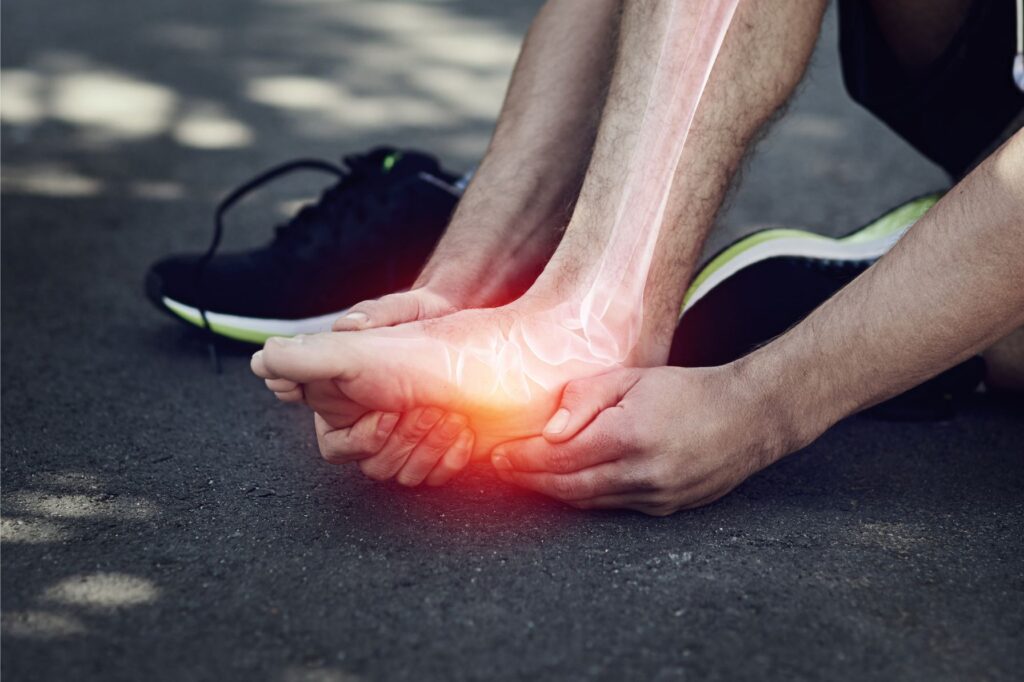
Calcaneal Spur is a painful condition that affects many people. This medical article delves into this common pathology, focusing on its causes, symptoms, diagnosis, and treatment options.
Causes
Heel spur develops when the plantar fascia, a band of connective tissue connecting the heel to the toes, becomes inflamed or damaged. Common causes of this condition include overuse injuries, poor posture, obesity, ill-fitting footwear, and predisposing anatomical factors. Understanding these causes is vital for the prevention and management of heel spur.
Symptoms
Symptoms include sharp heel pain, especially during the first steps in the morning. This pain may decrease throughout the day but may return after periods of activity. Inflammation of the plantar fascia can also cause foot stiffness.
Diagnosis
Diagnosis of calcaneal Spur relies on clinical examination, assessment of patient symptoms, and sometimes X-rays or ultrasound to rule out other causes of heel pain. A healthcare professional can confirm the diagnosis and help determine the most appropriate treatment plan.
Treatment Options for Calcaneal Spur
Treatment focuses on relieving pain, reducing inflammation, and preventing recurrences. This may include simple measures such as rest, ice application, plantar fascia stretching, wearing appropriate footwear, and using orthopedic insoles. In more severe cases, corticosteroid injections or physical therapy may be recommended. In rare cases, surgery may be necessary to release the plantar fascia.
Click the following link to access radiological images that provide a better visualization of the pathology associated with calcaneal Spur.
In summary, heel spur is a common foot condition that can be painful, but with proper treatment and preventive measures, most patients can regain their mobility and comfort. It is essential to consult a healthcare professional for an accurate diagnosis and a tailored treatment plan to suit each individual case.




